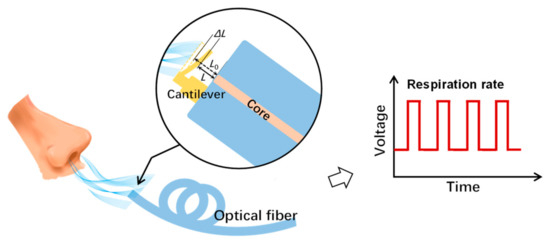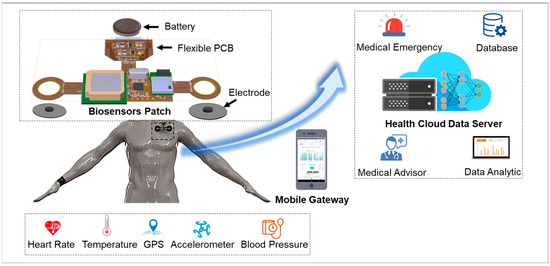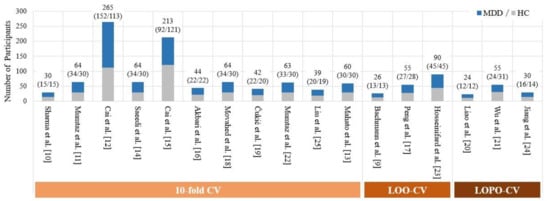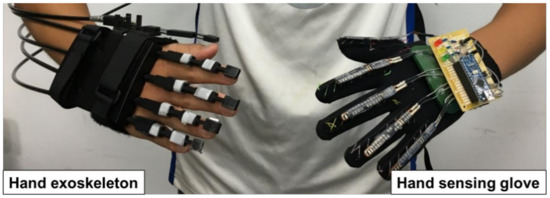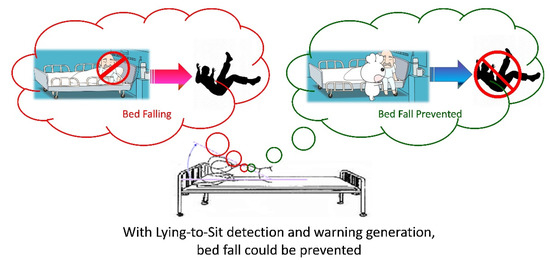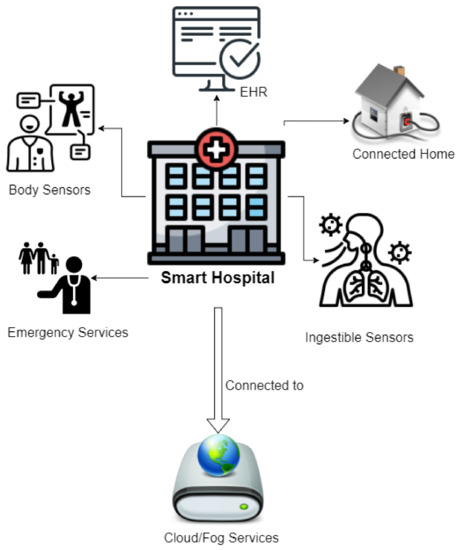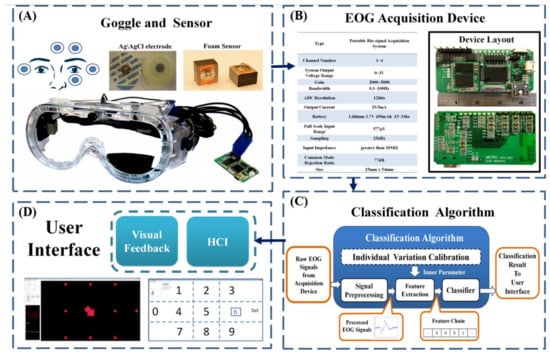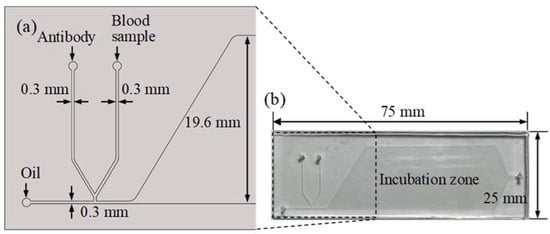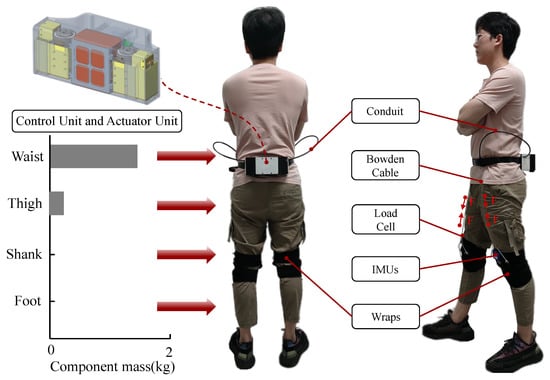Wearable Biosensors for Healthcare Applications
A topical collection in Biosensors (ISSN 2079-6374).
Viewed by 62477Editors
Interests: motion sensors; medical mechatronics; intelligent mobile healthcare; smart wearable sensors; IOT in healthcare
Topical Collection Information
Dear Colleagues,
Wearable technologies play very important roles in biomedical research and have been applied in numerous healthcare applications. In recent years, many sensors have been designed and developed for wearable devices or embedded in wearable devices to measure certain biological or physiological signals from the human body. How these sensors are designed and/or developed for collecting bio-signals from humans in wearable technologies is of great interest to researchers and can be extremely challenging. Furthermore, some important features that reflect the condition of human health could be retrieved after information transformation from data measured by these sensors. Then, they could be applied for the purpose of monitoring, assessing, or improving human health. Articles that either disclose original research contributions or reviews of the current state-of-the-art in the related fields are welcome for submission to this Special Issue.
Topics include, but are not restricted to:
- Novel design and/or development of wearable sensors for biomedical signal measurements;
- Novel materials for wearable sensors;
- Wearable systems for health monitoring and intervention;
- Mobile healthcare applications for wearable sensors;
- Point of care with wearable sensors;
- Manufacturing methods for fabricating wearable, flexible, or stretchable sensors;
- Signal processing and feature extraction schemes for wearable sensors;
- System integration for wearable sensors;
- Wearable sensor fusion for healthcare applications.
Prof. Dr. Ming-Yih Lee
Prof. Dr. Wen-Yen Lin
Collection Editors
Manuscript Submission Information
Manuscripts should be submitted online at www.mdpi.com by registering and logging in to this website. Once you are registered, click here to go to the submission form. Manuscripts can be submitted until the deadline. All submissions that pass pre-check are peer-reviewed. Accepted papers will be published continuously in the journal (as soon as accepted) and will be listed together on the collection website. Research articles, review articles as well as short communications are invited. For planned papers, a title and short abstract (about 100 words) can be sent to the Editorial Office for announcement on this website.
Submitted manuscripts should not have been published previously, nor be under consideration for publication elsewhere (except conference proceedings papers). All manuscripts are thoroughly refereed through a single-blind peer-review process. A guide for authors and other relevant information for submission of manuscripts is available on the Instructions for Authors page. Biosensors is an international peer-reviewed open access monthly journal published by MDPI.
Please visit the Instructions for Authors page before submitting a manuscript. The Article Processing Charge (APC) for publication in this open access journal is 2700 CHF (Swiss Francs). Submitted papers should be well formatted and use good English. Authors may use MDPI's English editing service prior to publication or during author revisions.
Keywords
- wearable technologies
- body sensor network
- feature extraction
- e-health
- data processing
- wearable sensors







